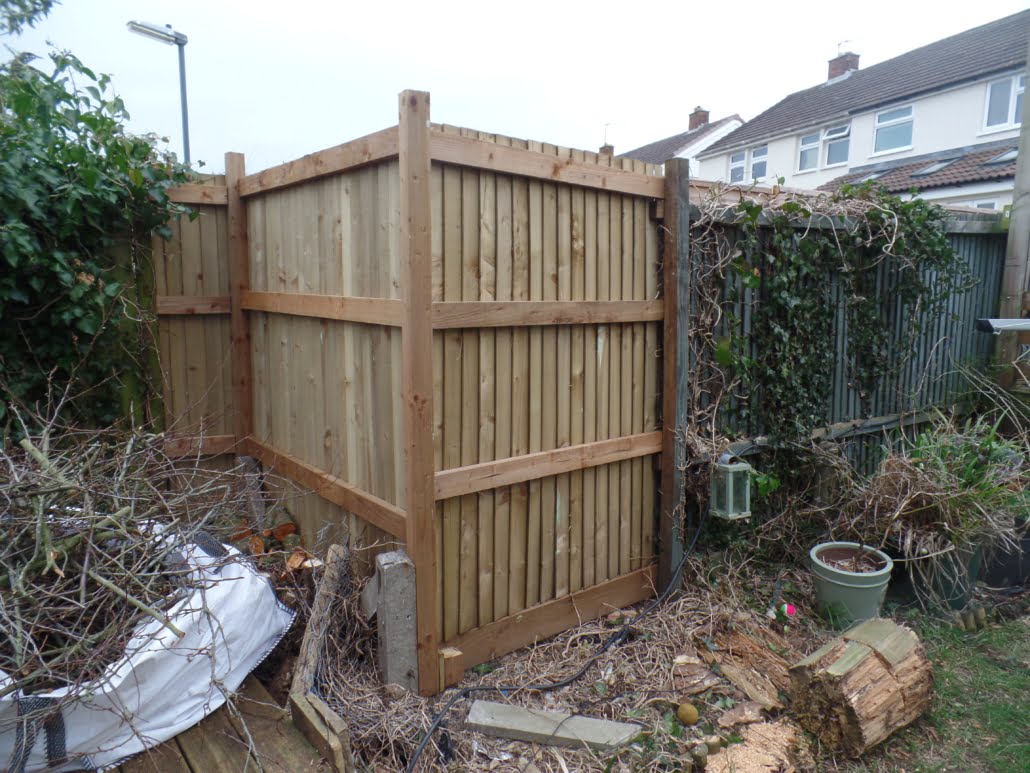Boundaries

Do you know who is responsible for the boundaries?
Boundaries are a question that we are asked on every survey. The short answer is we do not know which boundary is yours. The only way to tell is the deeds. These should tell you which boundary is yours. A T mark will point towards the boundary you are responsible for. The flat top of the T points at the boundary you will need to maintain. Older property often does state, the tittle is “silent” on the matter, in this case it tends to be shared which is fine if you both have the money to replace or repair a boundary. This is normally a question for your solicitor rather than your surveyor.
Myths
Isn’t mine always the left-hand side boundary?
When you say this aloud it does seem to make sense. At some point at the end of a terrace someone will have to be responsible for the right-hand side boundary. The extent to which this myth has permeated the thought process relating boundary ownership is a good example of an urban legend. But again, it depends what your deeds say.
Mine will be the fair faced boundary.
The fair faced boundary is one where the better finish is on the owner’s side. This tends to only be with specific featheredge style fencing. However in many cases all this really points to is to who did the work. As if you do the work you are likely to do it from your garden as it is closer to your house. Often one owner is handy and one is not hence the handy owner who does the work gets the fair face. So again, something that can only be answered through your deeds.
Some exceptions.
Front boundary walls will normally be owned by the property and the responsibility of the owner. This is fairly sensible unless the deeds express that there is a differing owner, which would be very unusual.
With council housing when it has been purchased from the Local authority it is common for the new council house owner to be responsible for multiple boundaries when still joining other council houses. But these are normally stated in the deeds, but we have had situations where an ex-council house is responsible for all the boundaries. So, with any ex-council house purchase you need to be very clear on this point. As it could prove very expensive to maintain or repair.
There is interesting common law relating to retaining boundary walls. This tends to suggest the retaining wall is the responsibility of the person whose land is being retained. The exception being when the tittle expresses otherwise, this is fairly unusual but some of the houses around troopers hill have retaining walls owned by neighbours on the lower side of the walls.
